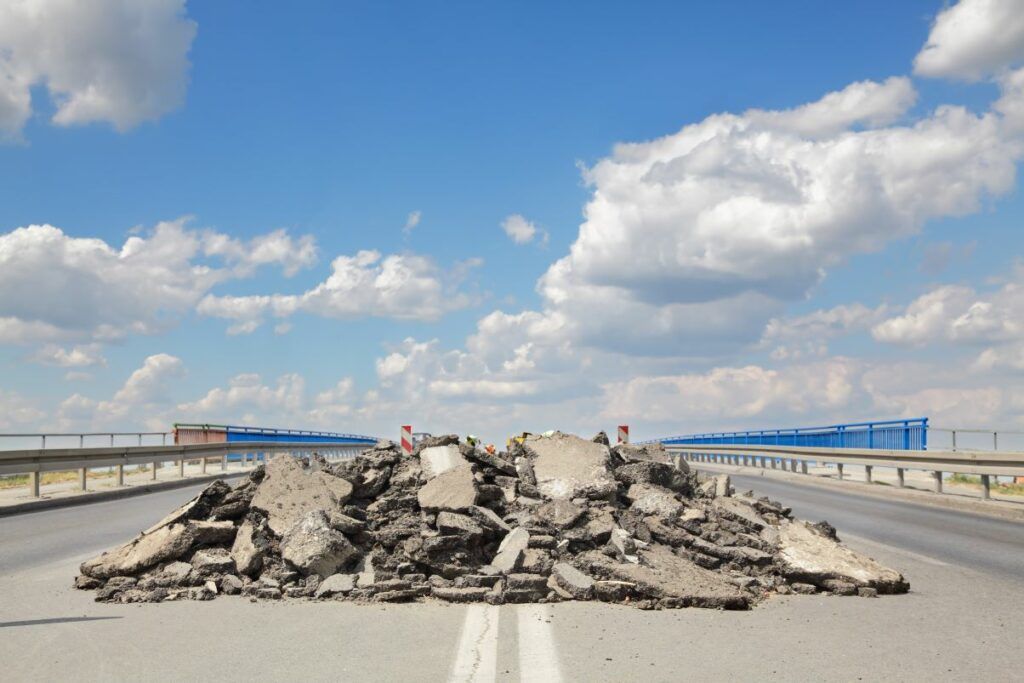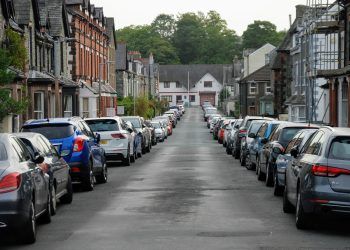
Cumbria had dozens of substandard bridges unfit for the heaviest vehicles on its roads at the end of 2021, new figures show.
The RAC Foundation said the threat of more severe weather due to climate change could lead to dangerous collapses on Great Britain’s highways and has urged councils to address unsuitable bridges.
Out of 1,801 bridges in the area, Cumbria council identified 69 which were unable to carry the heaviest vehicles regularly using highways – including lorries up to 44 tonnes – in 2021, figures from the RAC Foundation show.
This meant four per cent of bridges managed by the council were deemed unfit for purpose.
In a table released by the RAC, Cumbria was named among 10 authorities in England with the highest proportion of substandard bridges.
The council said 20.7 bridges would ideally be brought up to scratch over this period if it did not face budget limitations.
A Cumbria County Council spokesman said: “These statistics reflect the high number of historic bridges we have in Cumbria, many of which are listed structures and must be maintained using heritage methods and materials.
“Ensuring the highway network is reliable and safe is a top priority for the county council, and we also understand how important historical assets such as bridges are to local communities.”
The bridges deemed as substandardat the end of 2021 have not been named.
Across Great Britain, local authorities assessed 3,211 substandard bridges at the end of last year – up from 3,105 the year before and the highest number since 2017.
It means 4.5 per cent of bridges nationally are deemed unsuitable and it is estimated it would cost £4.2 billion to restore them.
Bridges may be deemed substandard because they were built to earlier design standards, while others have deteriorated through age and use.
Many are subject to weight restrictions, while others are under programmes of increased monitoring or even managed decline.
The national bridges group of the Association of Directors of Environment, Economy, Planning and Transport has urged the Department for Transport to invest in repairing bridges or face the risk of seeing more collapses than identified in the RAC Foundation figures.
Councils reported 17 complete bridge collapses in 2021 – 12 in Dorset and five in Denbighshire.
A further 37 partially collapsed.
A Department for Transport spokesmann said: “We are providing more than £5 billion of investment over 2020 to 2025 for highways maintenance to local highways authorities across England, including for the repair and maintenance of bridges.
“It is up to councils to decide how they use highways maintenance funding, based on their own needs and priorities.”
The RAC Foundation analysis is based on data provided by 196 councils in response to freedom of information requests.
Of the local authorities with more than 100 bridges, Oxfordshire has the greatest proportion deemed substandard (28 per cent), while Devon has the highest total number of substandard bridges – 229 out of 2,714 (8 per cent).
Steve Gooding, director of the RAC Foundation, said: “Even the failure of the shortest of these structures could mean a five-foot long gap in the carriageway, and even on relatively minor roads that can still be a headache, causing disruption and possibly a long diversion.”
Councils across Great Britain said they would fix 2,374 (74 per cent) bridges without budget restrictions, but just 379 (12 per cent) are anticipated to be restored within the next half a decade.








